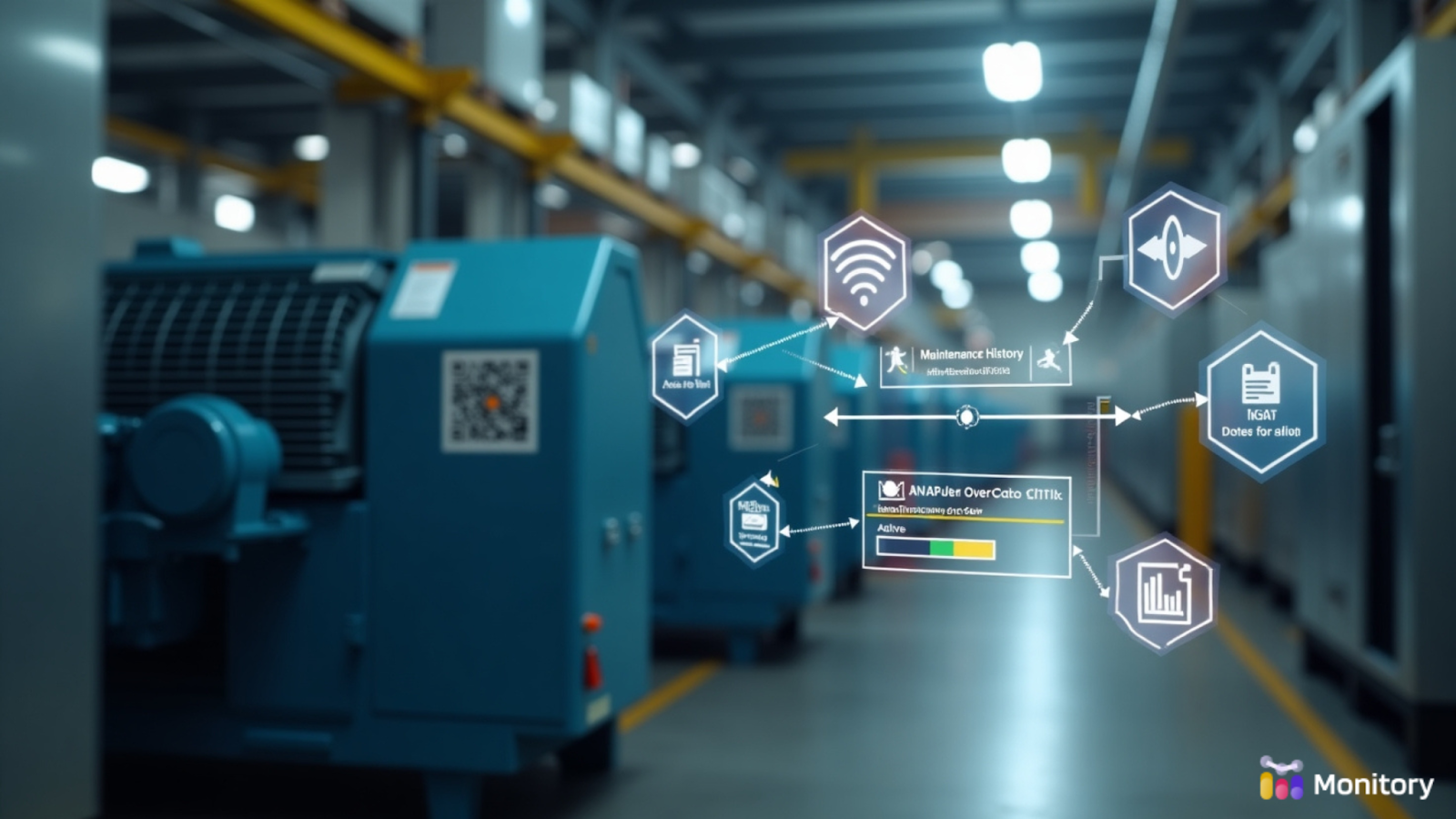A lot of people know what CMMS stands for. But ask them what it does, and things get fuzzy fast.
Most people say things like, “It tracks repairs,” or “It keeps maintenance records.” Fair enough, but that’s barely the beginning.
A CMMS system, short for Computerized Maintenance Management System, isn’t just a digital filing cabinet. It’s the tool that lets maintenance teams stop chasing problems and start preventing them. That shift changes everything.
Let’s get one thing clear: a CMMS isn’t just about logging issues or checking off tasks.
It’s about creating visibility and keeping control.
With a well-implemented CMMS system, teams can track every asset, every repair, every scheduled check-up, and connect all those dots. It becomes the command center for your entire maintenance operation.
No more chasing paper logs or scrolling through someone’s outdated spreadsheet. Everything’s right there: live, searchable, and connected.
Breakdowns rarely happen out of the blue. They usually leave clues, but we just don’t see them in time. A CMMS system helps surface those patterns before they become expensive surprises.
So, what does a CMMS system do?
It gives your team a live, shared workspace where maintenance tasks move forward and nothing falls through the cracks.
A technician can log in from their phone, see exactly what’s assigned, review asset details, and knock out the job. As they work, they log notes, track parts, and flag issues without needing to circle back to the office.
Meanwhile, managers see open tasks, overdue work orders, and spending trends in real time. Everyone’s working from the same source of truth.
Speed’s nice. But what changes is accountability.
You know what got done, when, by who, and why. And when someone asks, “Did we handle that last week?” you don’t guess. You check, instantly.
Want the full definition of CMMS and how it fits into your operations?
Read: What Is CMMS? The Maintenance Tool You Needed Yesterday
Without a CMMS, you’re stuck waiting for things to break, then scrambling to fix them before the next one goes down.
With a CMMS system in place, you can finally start playing offense.
You’re setting up preventive schedules that get followed. You’re spotting repeat failures tied to a deeper root cause. You’re staying ahead of downtime instead of constantly reacting to it.
It doesn’t just protect your assets; it protects your people’s time and your budget. Planning gets easier. Surprises get fewer. Stress levels drop.

Let’s say you manage multiple facilities across a region. Without a CMMS, you’re probably juggling calls, sticky notes, and a master spreadsheet that only one person knows how to use.
Now picture this:
Every asset has a record. Every technician sees exactly what needs doing. Work orders get routed automatically. Past jobs are logged and searchable. Reports are ready when the board asks for them.
Someone scans a QR code, checks the maintenance history, and gets to work without needing to ask ten questions first.
That’s what a CMMS looks like when it’s used. Not just software. It becomes part of how you run the place.
Not all CMMS rollouts go well. And it’s rarely because the platform lacks features.
It usually fails because:
To avoid this, adoption has to be part of the plan. Start simple. Align with how your team already works. Make the first win visible and easy. And don’t force people to learn ten new habits at once.
Because it’s not about the install, it’s about whether your team uses it.
A CMMS system isn’t just a digital upgrade. It’s the foundation for smarter, more sustainable maintenance.
When it’s working, you don’t just track tasks, you make better decisions. You stop reacting and start leading. You build a team that’s in control, not playing catch-up.
That’s the difference between teams that just maintain and ones that improve over time.
Curious how CMMS works behind the scenes?
Check out our full guide: What Is CMMS? The Maintenance Tool You Needed Yesterday
